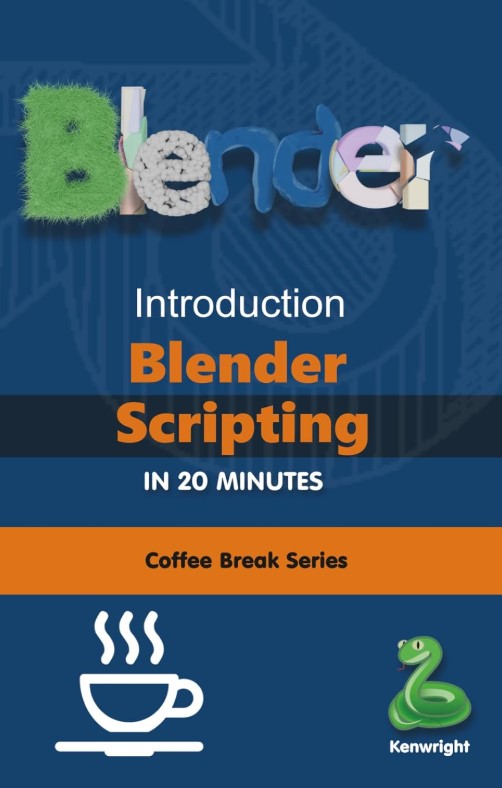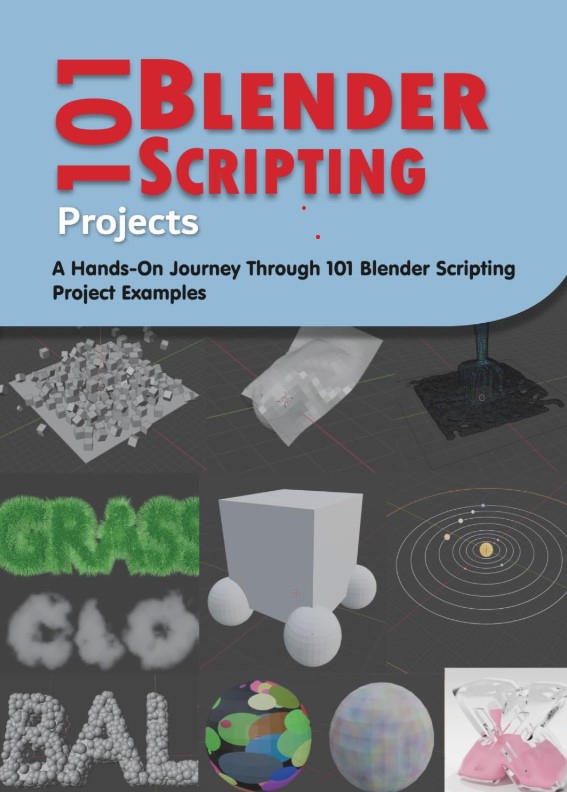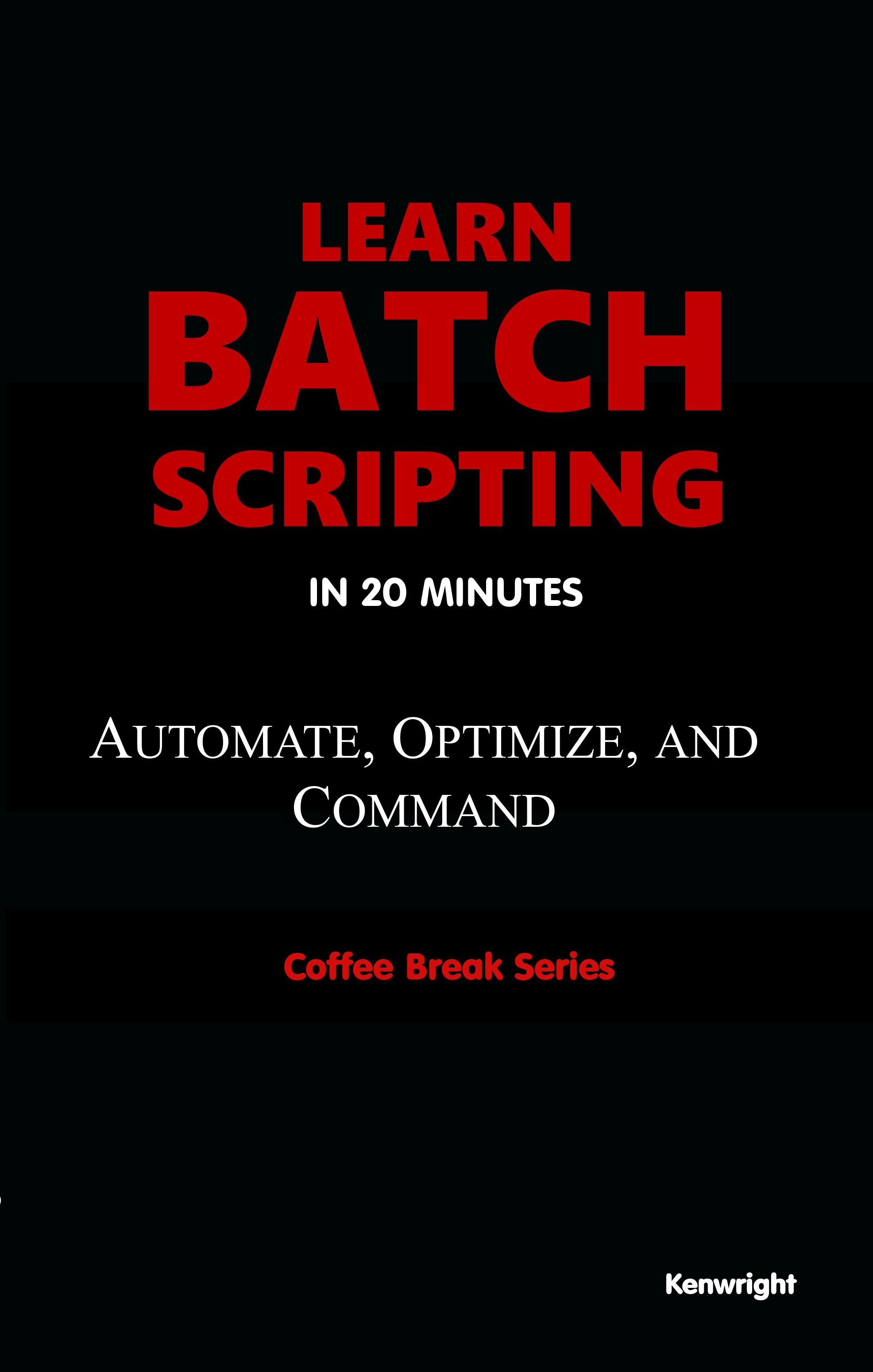
Introduction to Blender Scripting in 20 Minutes: (Coffee Break Series)
A groundbreaking work that transforms our understanding of the subject. This book has been acclaimed by critics and readers alike as a must-read masterpiece.
Book Description
In this compelling and insightful work, the author delves deep into the subject matter, providing readers with a comprehensive understanding that is both accessible and profoundly enlightening.
Key Features:
- Comprehensive coverage of all essential topics
- Real-world examples and case studies
- Practical applications and implementation guidance
- Interviews with leading experts in the field
- Actionable insights you can apply immediately
Whether you're a novice looking to understand the basics or an expert seeking advanced insights, this book offers value at every level. The clear writing style and thoughtful organization make complex concepts easy to grasp.
What You'll Learn:
- The fundamental principles that underlie the subject
- How to apply these principles in practical situations
- Advanced techniques used by professionals in the field
- How to avoid common pitfalls and mistakes
- Strategies for continued learning and mastery
Customer Reviews
4.8
based on 1,242 reviews

Dr. Aisha Rahman
Robotics Specialist
"Fantastic read! Couldn't put it down. 5/5 stars!"

Emma Rodriguez
Book Blogger
"After spending considerable time with Introduction to Blender Scripting in 20 Minutes: (Coffee Break Series), I'm impressed by how the author balances depth with accessibility. The first three chapters establish a strong foundation, while the middle sections develop the core concepts with numerous practical examples. The final section synthesizes these ideas in a way that feels both surprising and inevitable—a hallmark of excellent structuring."

Dr. Michael Chen
Literature Professor
"What sets Introduction to Blender Scripting in 20 Minutes: (Coffee Break Series) apart is its attention to nuance. Rather than presenting simplified models, the author embraces complexity while maintaining clarity. The case studies in chapters 5, 7, and 9 are particularly illuminating, demonstrating how the principles apply in varied contexts."

Dr. Omar El-Sayed
Machine Learning Lecturer
"Introduction to Blender Scripting in 20 Minutes: (Coffee Break Series) represents a significant contribution to the field. The author's meticulous research is evident throughout, with extensive references to both classical and contemporary works. The theoretical framework provides a robust foundation for the arguments presented, making this essential reading for scholars."

Sophie Nguyen
UX Designer
"What sets Introduction to Blender Scripting in 20 Minutes: (Coffee Break Series) apart is its attention to nuance. Rather than presenting simplified models, the author embraces complexity while maintaining clarity. The case studies in chapters 5, 7, and 9 are particularly illuminating, demonstrating how the principles apply in varied contexts."
Reader Discussions

SigmaSeeker
Aug 14, 2025This is the kind of book that makes you want to open your IDE and start experimenting.

GoldenRatioed
Aug 6, 2025The pacing is ideal—dense enough to challenge, but never overwhelming. A masterclass in technical writing.

BookLover42
Aug 20, 2025This is the kind of book that makes you want to open your IDE and start experimenting.

LiteraryExplorer
Aug 7, 2025The author’s insights into ethical AI development are both timely and thought-provoking.

NebulaNomad
Aug 14, 2025The author’s insights into ethical AI development are both timely and thought-provoking.

StorySeeker
Aug 15, 2025I keep this book on my desk—it’s my go-to reference for deep learning architecture design.

StellarSynth
Aug 12, 2025This book arrived just as I was tackling a tough robotics problem. It felt like a mentor in print.

StellarSynth
Aug 16, 2025This book arrived just as I was tackling a tough robotics problem. It felt like a mentor in print.

ChronoNavigator
Aug 23, 2025This is the kind of book that makes you want to open your IDE and start experimenting.

SigmaSeeker
Aug 7, 2025Perfect for brushing up on foundational concepts before tackling advanced AI models.

GoldenRatioed
Aug 25, 2025I’ve used this book to teach undergrads and mentor junior engineers—it's that versatile.
Join the Discussion
Related News
Scientists turn spin loss into energy, unlocking ultra-low-power AI chips
Scientists have discovered that electron spin loss, long considered waste, can instead drive magneti...
Read moreMy Favorite Trash TV Is Ruined By Its Ableism
I was pregnant, swollen, and tired. I couldn’t get comfortable. I lay on the sofa and loudly sa...
Read moreGoogle’s quantum computer just simulated the hidden strings of the Universe
Scientists using Google’s quantum processor have taken a major step toward unraveling the deepest ...
Read moreYou May Also Like




Book Statistics
Find This Book On
Awards & Recognition
- #1 Bestseller in Category
- Editor's Choice Award 2023
- Reader's Choice Award
- Book of the Month Selection